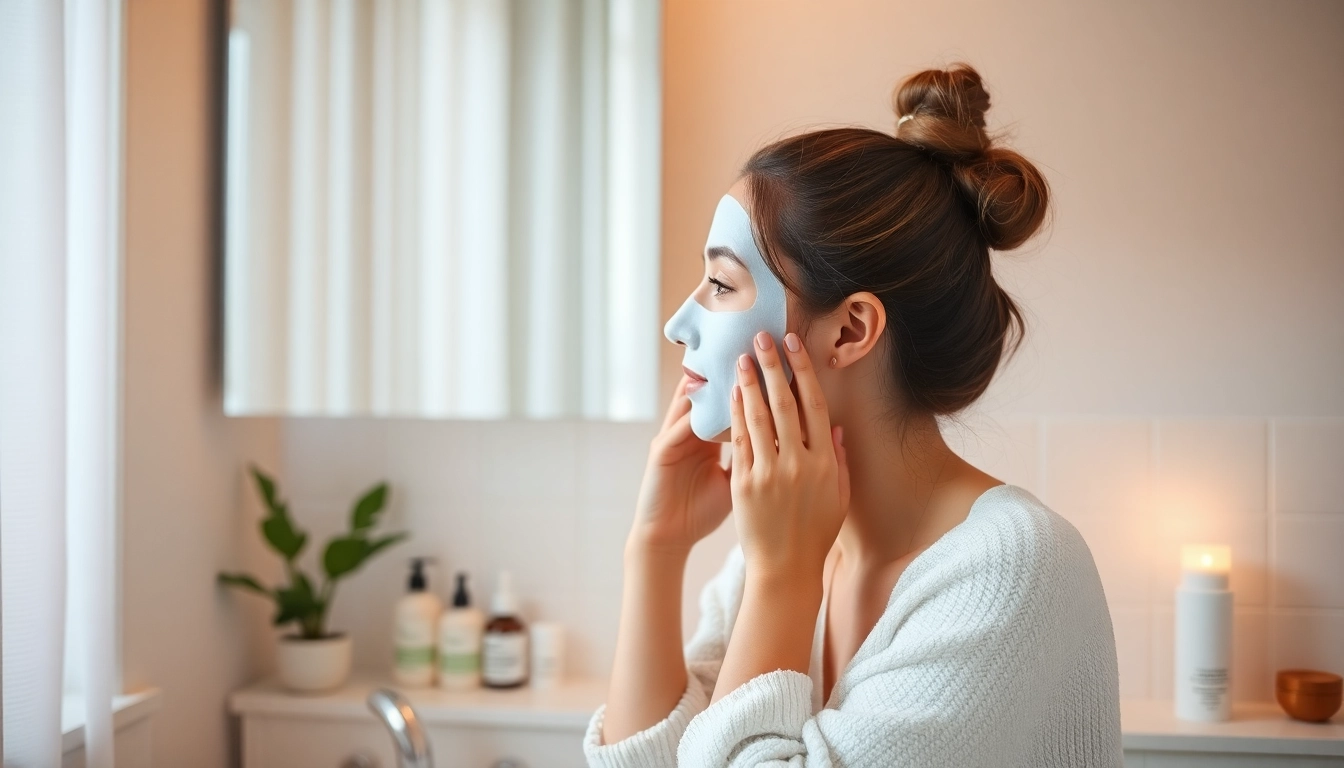Anxiety is a natural response to stressful situations, but when it becomes overwhelming, it can significantly impact one’s quality of life. Millions of people around the world cope with anxiety in varying degrees, making it crucial to understand effective strategies for dealing with anxiety. This comprehensive guide will explore the fundamentals of anxiety, symptoms to recognize, practical management techniques, and when to seek professional help. By implementing these strategies, individuals can take proactive steps toward gaining control over their anxiety and enhancing their daily lives.
Understanding Anxiety and Its Causes
What is Anxiety?
Anxiety is a psychological state characterized by feelings of apprehension, fear, or worry, often accompanied by physical sensations like increased heart rate or sweating. It serves as an important emotional signal indicating potential threats, prompting the body to respond to danger. However, when anxiety becomes excessive or chronic, it can lead to several disorders, affecting daily functions and mental well-being.
Common Triggers of Anxiety
Anxiety can manifest due to various triggers, and these can differ from person to person. Common sources include:
- Life Changes: Major life events, such as moving to a new city, starting a new job, or experiencing relationship changes, can provoke anxiety.
- Stressful Situations: Daily pressures—like work deadlines, exams, or public speaking—can trigger anxiety responses.
- Health Concerns: Dealing with significant health issues or chronic illnesses can contribute to heightened anxiety levels.
- Social Interactions: Social situations, especially for those with social anxiety disorder, can induce intense feelings of worry and fear.
- Past Trauma: Experiencing traumatic events can lead to anxiety disorders, as individuals may relive those moments through flashbacks.
The Impact of Anxiety on Daily Life
Anxiety’s influence on daily activities can be profound. Individuals may struggle with concentration, experience fatigue due to constant overthinking, and find themselves avoiding situations that trigger symptoms. This avoidance can limit social interactions, hinder professional growth, and create an ongoing cycle of anxiety that exacerbates feelings of isolation and distress.
Recognizing Symptoms of Anxiety Disorders
Physical Symptoms of Anxiety
Physical manifestations of anxiety are diverse and can often mimic other medical conditions. Symptoms include:
- Increased Heart Rate: A common physiological response where a person may feel their heart racing.
- Sweating: Excessive sweating, particularly in stressful situations.
- Trembling: Shaking of the hands or body may occur, increasing during panic attacks.
- Muscle Tension: Prolonged anxiety can lead to physical tension in muscles, causing pain or discomfort.
- Fatigue: Chronic anxiety can lead to both mental and physical exhaustion.
Mental and Emotional Indicators
Mental and emotional symptoms can often be overlooked but are equally important. These may include:
- Persistent Worry: Constantly worrying about various aspects of life, even those that may not require immediate concern.
- Restlessness: A sense of unease and the feeling that something bad is going to happen.
- Irritability: Low tolerance levels for daily stresses, leading to irritability.
- Difficulty Concentrating: Mind going blank or difficulty focusing on tasks due to overwhelming thoughts.
How to Differentiate Between Stress and Anxiety
While stress and anxiety share similarities, understanding the distinction is essential. Stress typically arises from specific external setbacks and usually fades when the issue is resolved. On the other hand, anxiety often persists even when stressors have decreased or disappeared, manifesting as an ongoing feeling of dread. Knowing this distinction can aid in determining the appropriate coping mechanisms.
Practical Tips for Dealing with Anxiety
Effective Breathing Techniques
Breathing exercises can have immediate effects on anxiety levels. Techniques such as diaphragmatic breathing or box breathing can encourage relaxation and calm the body’s stress response. To practice box breathing, follow these steps:
- Inhale deeply through your nose for a count of four.
- Hold your breath for another count of four.
- Exhale slowly through your mouth for four counts.
- Hold your breath again for four counts.
Repeat the cycle several times until you feel your anxiety decrease.
Implementing Mindfulness and Meditation
Mindfulness involves paying attention to the present moment without judgment. Practicing mindfulness and meditation can reduce anxiety significantly. Simple techniques to consider include:
- Guided Meditation: Use apps or online sessions to guide meditation practices.
- Mindfulness Journaling: Spend a few minutes each day writing your thoughts, focusing on the present.
- Body Scans: Focus on different parts of your body, recognizing sensations while promoting relaxation.
Journaling as a Tool for Managing Anxiety
Writing can provide an outlet to express feelings and clarify thoughts. Journaling allows you to track triggers and identify coping methods that work. Try the following methods:
- Gratitude Journaling: List three things that you are grateful for each day to create a positive perspective.
- Emotional Journaling: Write about anxiety feelings during the day and reflect on outcomes or reactions to those feelings.
- Structured Journaling: Use prompts that guide your thoughts towards overcoming specific challenges in managing anxiety.
When to Seek Professional Help for Anxiety
Recognizing the Signs for Therapy
While self-help strategies are beneficial, professional help may be necessary when anxiety significantly affects your daily life or hinders your ability to function. Signs that you should seek help include:
- Inability to manage anxiety through personal methods.
- Feeling overwhelmed by feelings of distress.
- Experiencing physical symptoms that interfere with life.
- Struggling to maintain personal relationships or work responsibilities due to anxiety.
Types of Therapy for Anxiety Management
Various therapeutic approaches can address anxiety disorders effectively. Some commonly utilized therapies include:
- Cognitive Behavioral Therapy (CBT): Focuses on understanding and reshaping negative thought patterns.
- Exposure Therapy: Gradual exposure to anxiety-inducing scenarios to decrease sensitivity.
- Mindfulness-Based Cognitive Therapy (MBCT): Combines mindfulness practices with cognitive therapy to aid in emotional regulation.
- Dialectical Behavior Therapy (DBT): Focuses on emotional awareness and coping strategies, especially beneficial for those with intense emotional responses.
Medications vs. Therapy: What’s Right for You?
The choice between medication and therapy depends on the individual’s specific anxiety disorder and the severity of symptoms. Medications may be prescribed to help alleviate symptoms quickly but are usually most effective combined with therapeutic approaches. Discussing treatment options with a healthcare provider can help determine the best course of action tailored to individual needs.
Building a Supportive Environment for Dealing with Anxiety
Creating a Calming Space at Home
Your home environment plays a significant role in your emotional well-being. To create a calming atmosphere, consider:
- Decluttering: A tidy space can lead to a clear mind. Organize your surroundings to minimize distractions.
- Using Soothing Colors: Soft colors like blues and greens have calming effects. Implement these colors in decor.
- Incorporating Nature: Plants can reduce stress and improve mood, making them an excellent addition to your calming space.
Engaging with Supportive Friends and Family
A strong support system can provide encouragement and help you navigate through anxiety. Consider the following ways to foster supportive connections:
- Open Communication: Share your feelings with trusted friends or family members who can lift your spirits.
- Support Groups: Participating in local or online support groups can help you find others who understand your experiences.
- Quality Time: Spend time doing enjoyable activities with loved ones to strengthen bonds and improve mood.
Utilizing Online Resources and Support Groups
The internet provides access to an array of resources aimed at helping those dealing with anxiety. Consider the following options:
- Webinars and Online Workshops: Many organizations offer webinars focusing on anxiety management skills.
- Mobile Apps: Apps like Calm or Headspace can assist with relaxation techniques and mindfulness exercises.
- Online Therapy: Teletherapy platforms offer convenient ways to access professional help without needing to travel.



